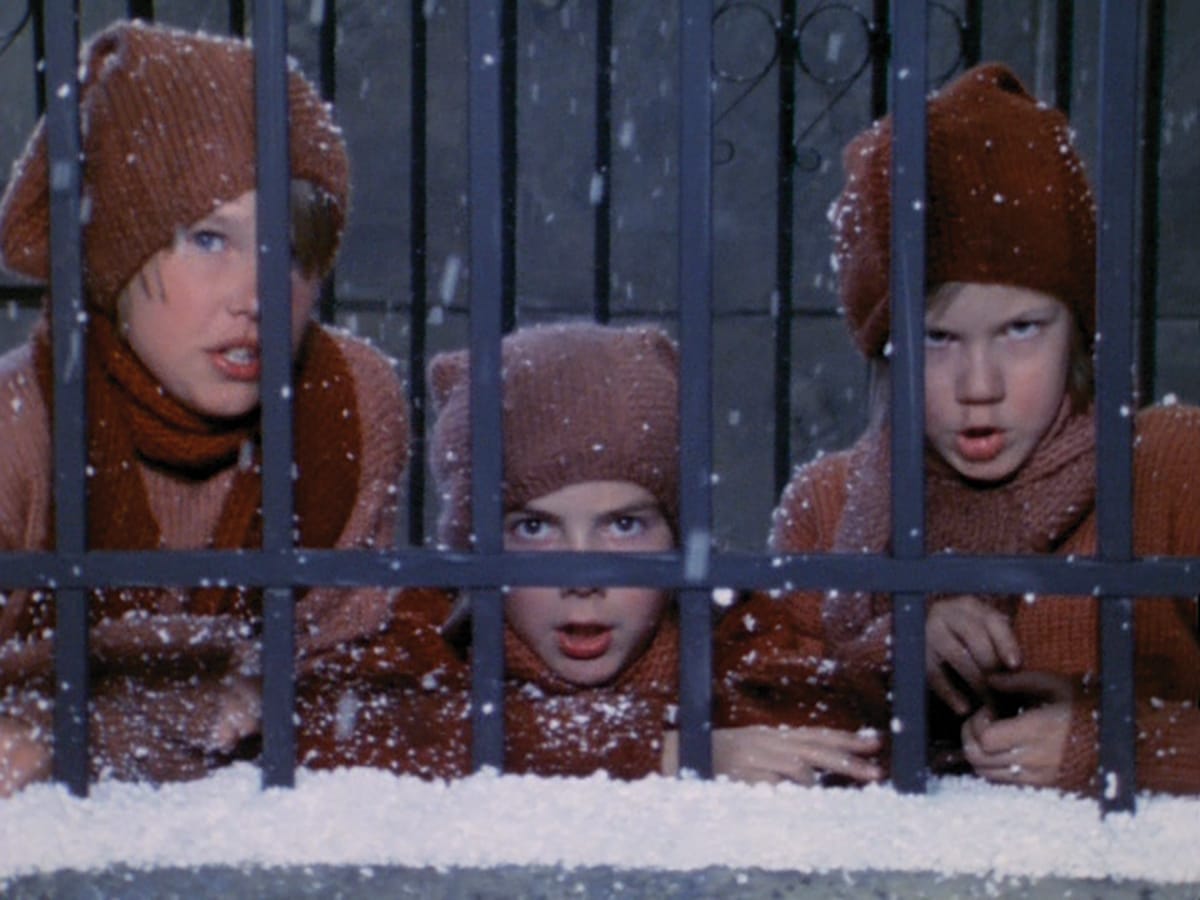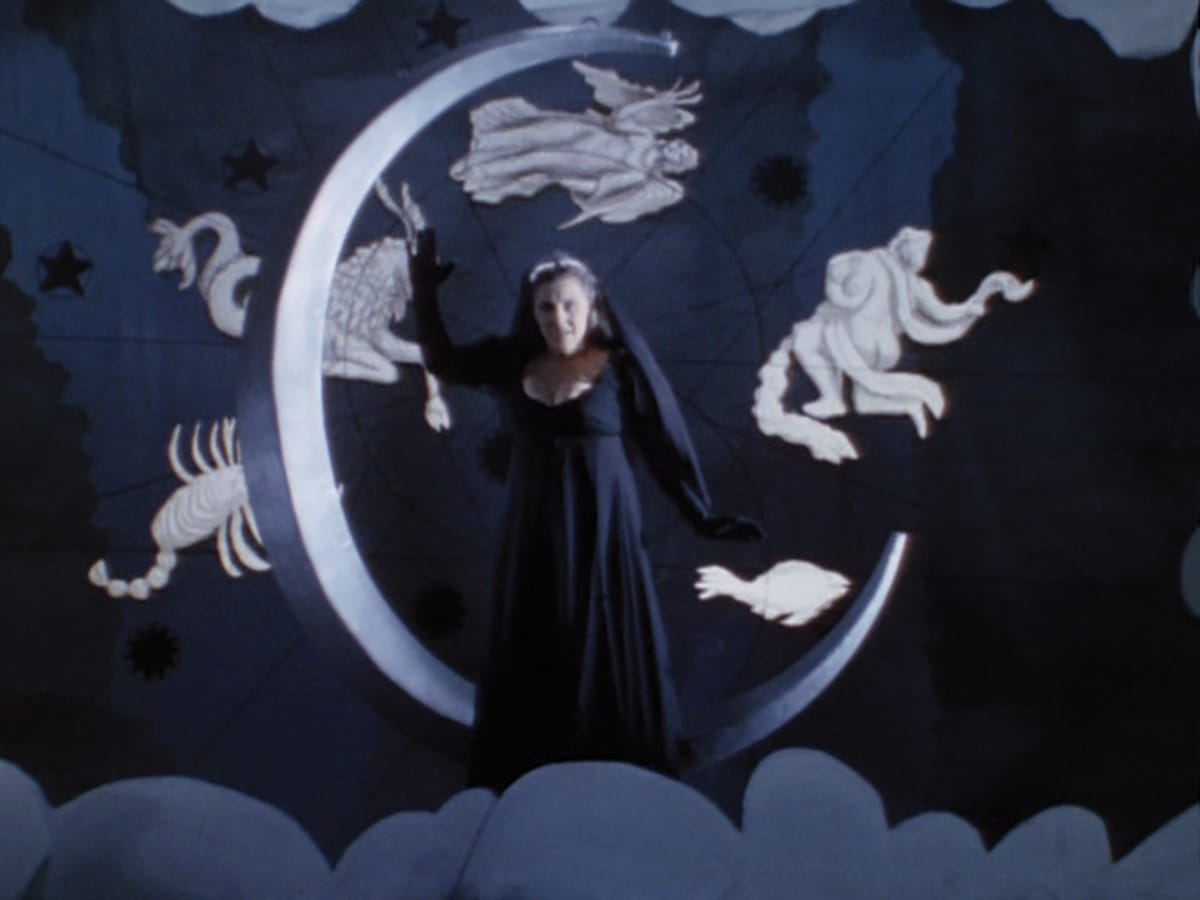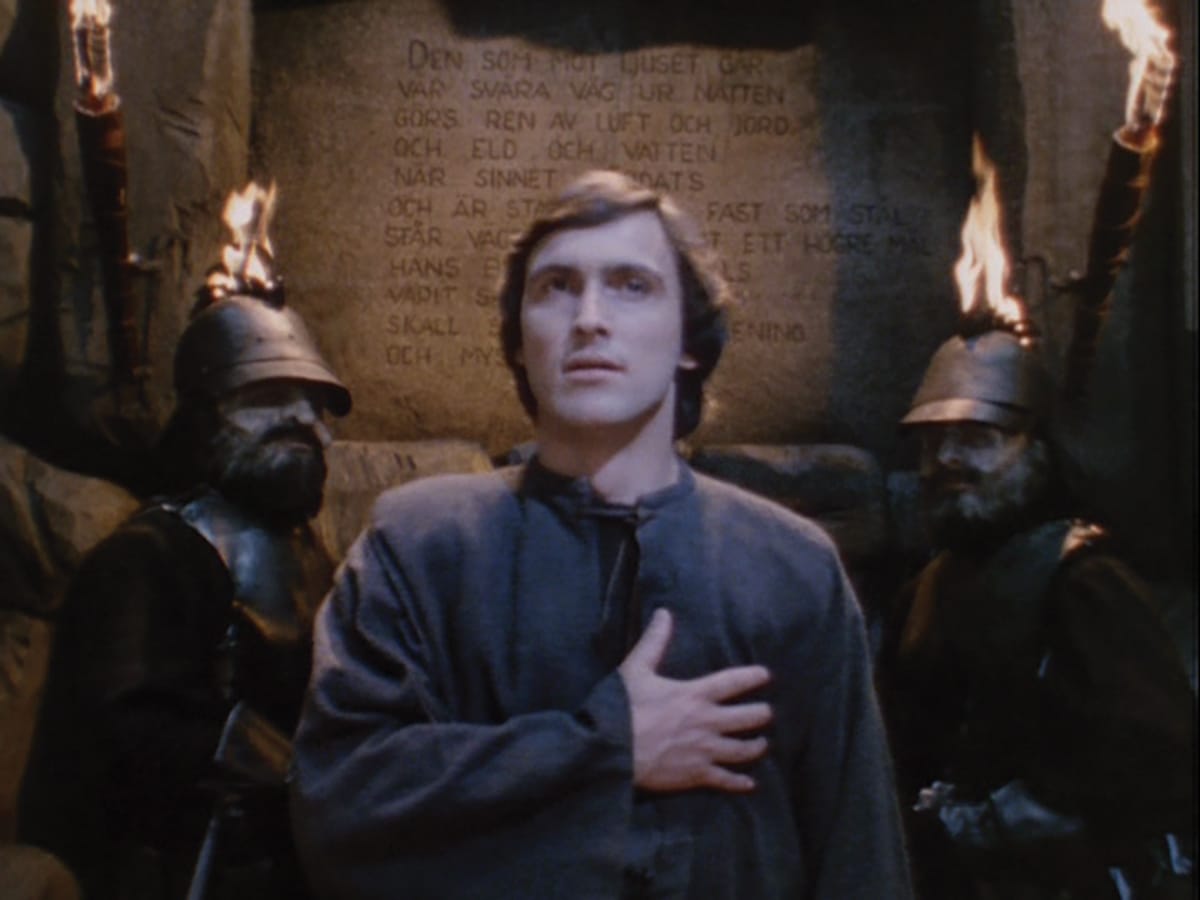The Magic Flute and After the Rehearsal: Stages of Life

By the time Ingmar Bergman reached middle age, he had long since established parallel careers in film, television, and the theater, and he often blurred the boundaries between these mediums. His playful 1975 adaptation of Mozart’s The Magic Flute and the stripped-down chamber piece After the Rehearsal (1984), for example, are both heavily theatrical productions made for television that were eventually shown in cinemas around the world. While the first is something of a comedy and the second, ultimately, something of a tragedy, both—having been conceived for the screen but set within the confines of theaters—make a point of foregrounding their hybrid natures. Whereas The Magic Flute delights in the possibilities of the theater, After the Rehearsal examines the relationship between life and performance. As a result, viewing these two films together allows for a pleasurable and singular insight into Bergman, his aesthetics, and his devotion to the stage.
Bergman’s drive to stage The Magic Flute may even have made him the artist he became. In Images, he writes of how he fell in love with the opera at the age of twelve, and how, after an attempt to have it put on at the puppet theater where he worked failed, “The Magic Flute became my companion through life.” Soon after, the young Bergman wandered into a restored eighteenth-century theater in Drottningholm: “In my imagination, I have always seen The Magic Flute living inside that old theater, in that keenly acoustical wooden box, with its slanted stage floor, its backdrops and wings. Here lies the noble, magical illusion of theater. Nothing is; everything represents. The moment the curtain is raised, an agreement between stage and audience manifests itself. And now, together, we’ll create! In other words, it is obvious that the drama of The Magic Flute should unfold in a baroque theater.” His entire film is set in a replica of this theater, built on a soundstage. There’s a wonderful intimacy to the production, and while the main action has, at times, the feeling of an opera playing out in a jewel box, it is as if we are watching an enchanted version of The Magic Flute, one that allows us to see the backstage, the stage, and even the audience as part of the same performance.
At the beginning of the film, the camera scans the audience as the orchestra plays the opening themes in what at first seems like a meditation on that feeling of waiting for a show to begin, stopping on a series of faces in various states of anticipation, many of them Bergman film regulars and family members. The camera’s focus eventually returns only to a young girl with red hair and green eyes (Helene Friberg, perhaps familiar to Bergman fans from her role in the following year’s Face to Face)—and she soon becomes a stand-in or guide for the audience, the camera returning to her reactions throughout.

The Magic Flute









